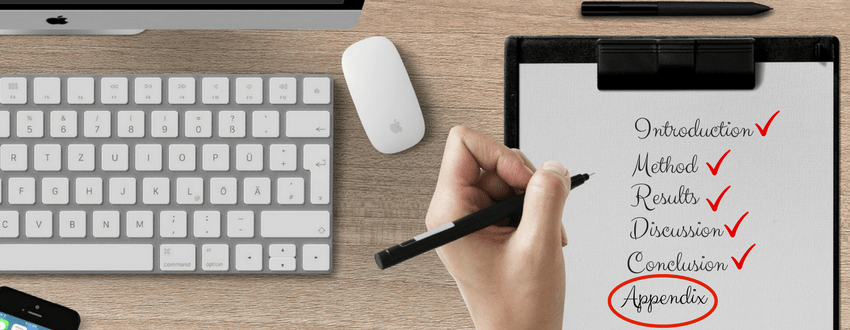
Research papers are packed with information; however, not all of it needs to be included in your main paper. Although you want to share all of it, your paper should focus on only those data that are relevant to your hypothesis and conclusions. So, what do you do with the rest of the data? Where do you put it so that anyone interested can find it? The answer to the question is appendix. Let us find out more about it.
What’s in an Appendix?
An appendix comprises additional information that was gathered during your research but that you will not include in your paper. Many times, your data analyses are too detailed to be included in your main text. This might include lengthy spreadsheets of data.
You want your readers to stay focused on your main discovery but also want additional information to be available to them. Your readers can peruse an appendix at will but won’t have to use it to understand your research.
Points to Remember
When creating your appendix, remember:
- The data in the appendix should not be essential to understanding your paper;
- Your paper must include references to all the appendices; and
- Your appendix is presented in the order it is cited in the text.
What You Might Include
The kind of data that an appendix may include:
- Letters from other researchers or interested parties;
- Questionnaires (with proper citations if not created);
- Graphical illustrations and tables not needed in the main text.
- List of terms or acronyms and abbreviations (although author guidelines might prefer that these be included in the main text);
- Excerpts from other relevant documents (with proper citations); and
- Raw data (compiled in table format).
Appendix Format
An appendix is formatted in much the same way as your main text. It has a title page labeled with a numeral or letter in the order in which it is cited in your text. Subtopics (or “subheaders”) are also labeled using the same format.
For example:
- Title: Appendix A: Data from Site 323 (the first appendix to be cited in the text).
- Subheader: 1: Data on Male Species.
- Tables/Figures: Table A1. Fecundity of Females in Second Year (figures would follow the same formatting).
The second appendix would be labeled “Appendix B” with the same designations for subheaders, tables, and figures. Keep the author guidelines in mind for specifics on citing appendices in your main text.
Appendix pages are consecutively numbered following your main text (i.e., if your text ends on page 35, your appendix will begin with page 36).
Appendix Organization
Consider your audience and the role you want your appendix to play as supplementary information. It is information that is not necessary, but might be valuable to some. Organization is key to a valuable appendix. Remember:
- Don’t use your appendix as a “dumping ground” for all your notes;
- Don’t have an appendix that is so full of information that the main points of your master paper get buried;
- Do ensure that you cite all references to other research and publications; and
- Do include the appendices in your table of contents.
Where Does It Go?
Placement of your appendix (or appendices, if more than one) depends on the target journal’s style guide. Some style guides, such as the American Psychiatric Association, place appendices after tables and figures. Others might ask you to include appendices before or after your references. Check your author guidelines for protocols.
